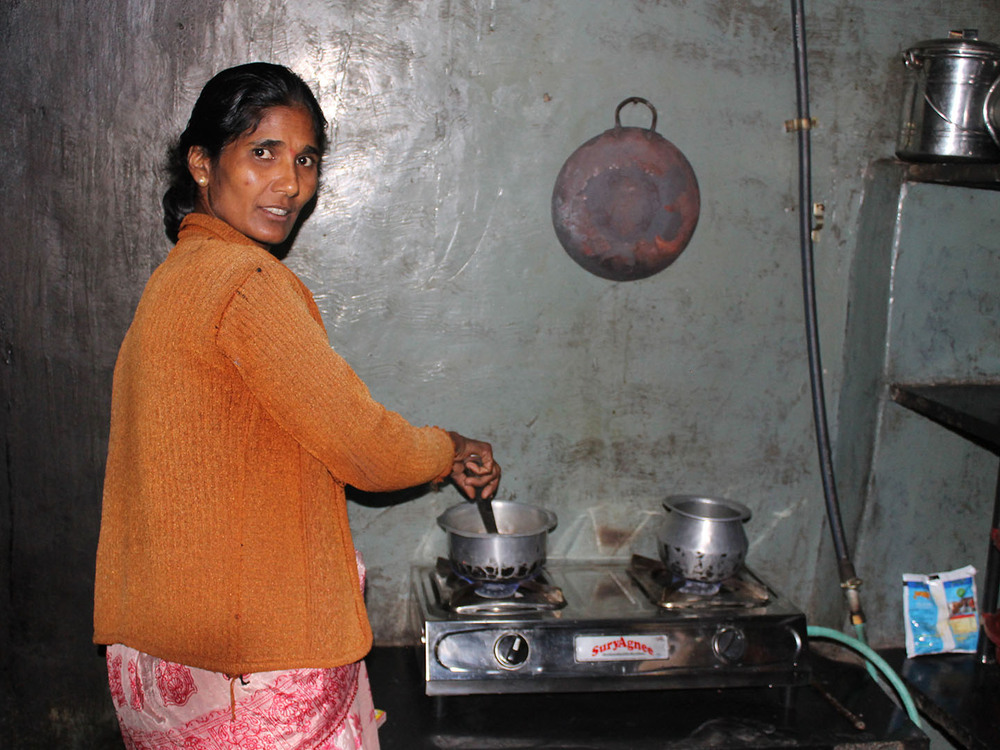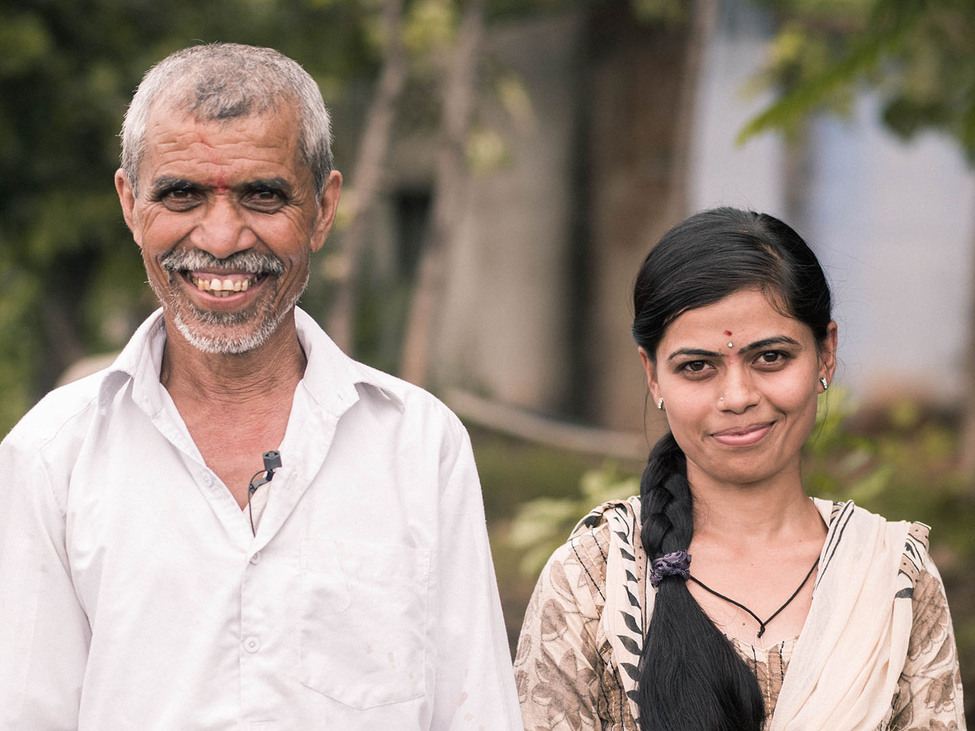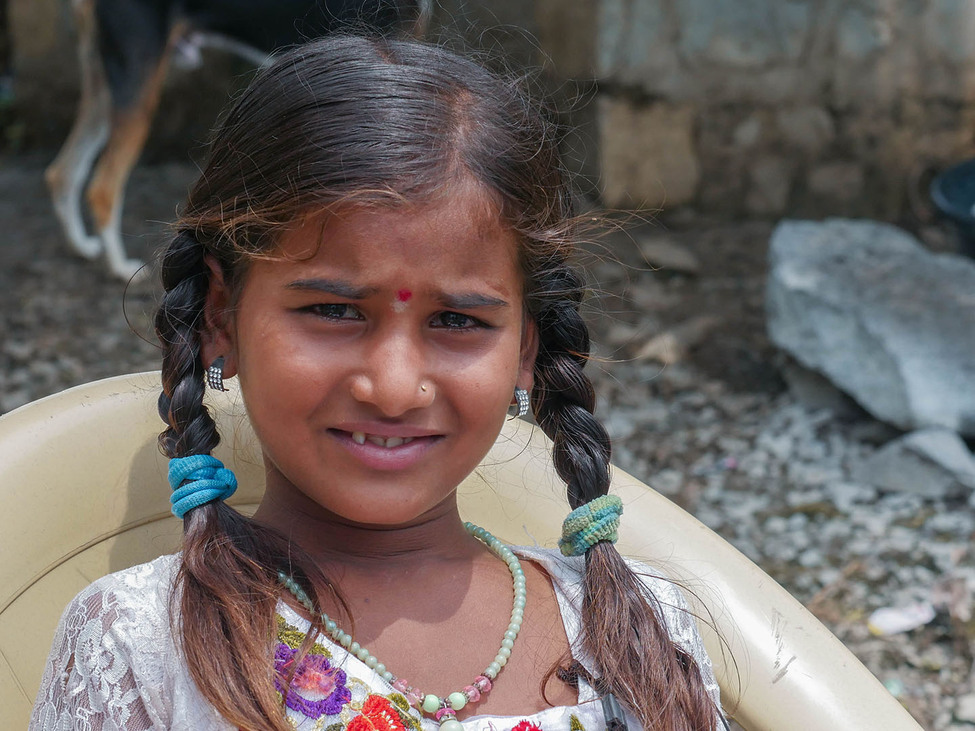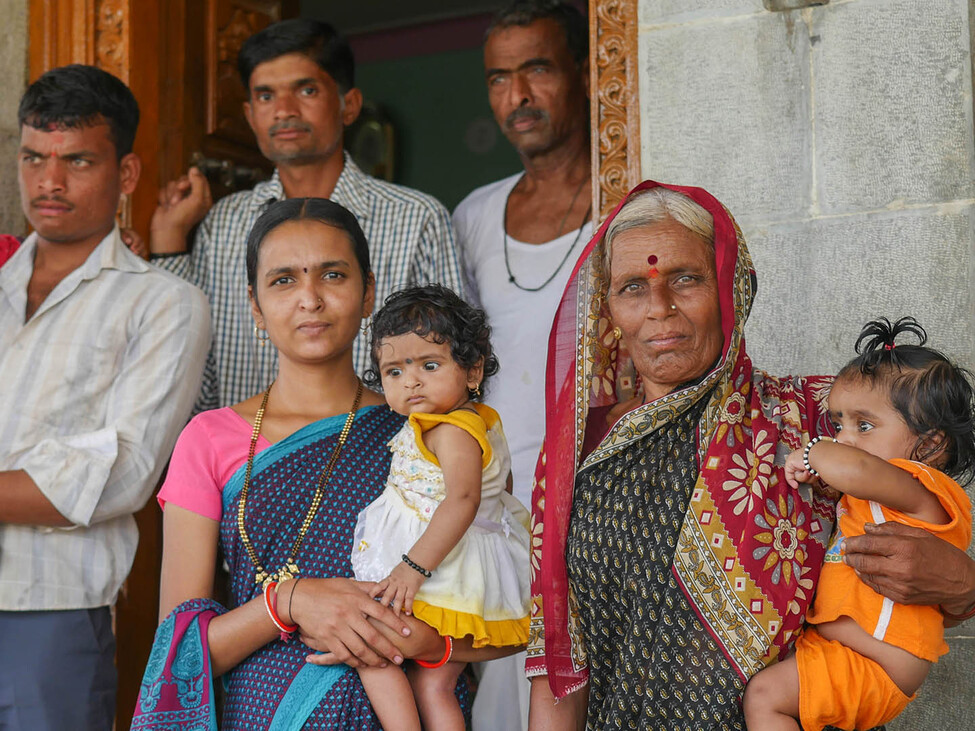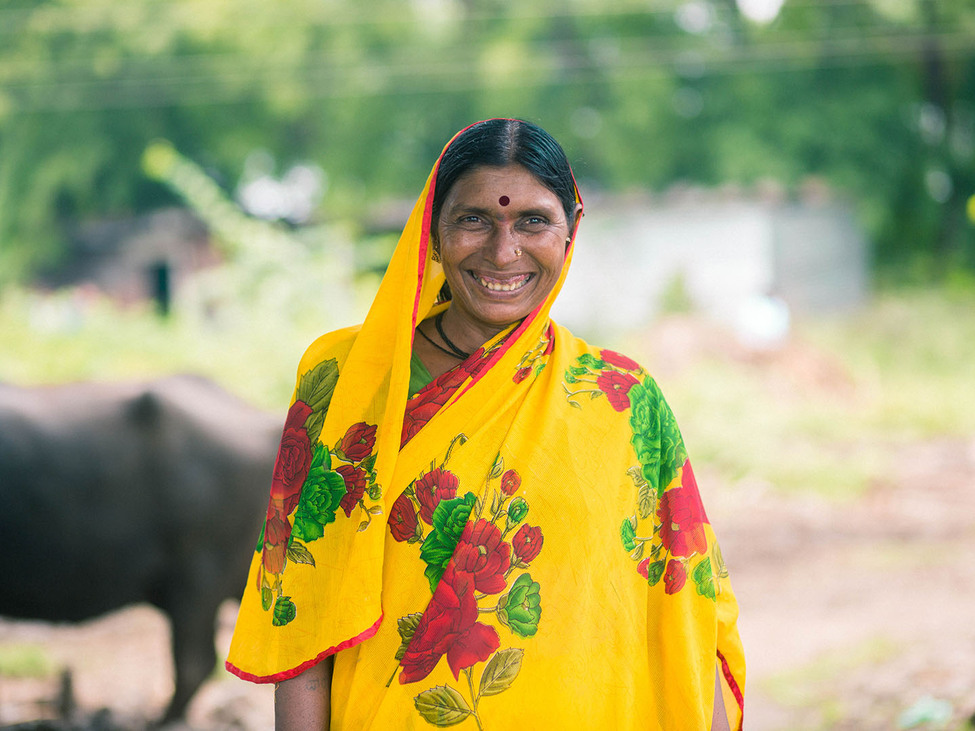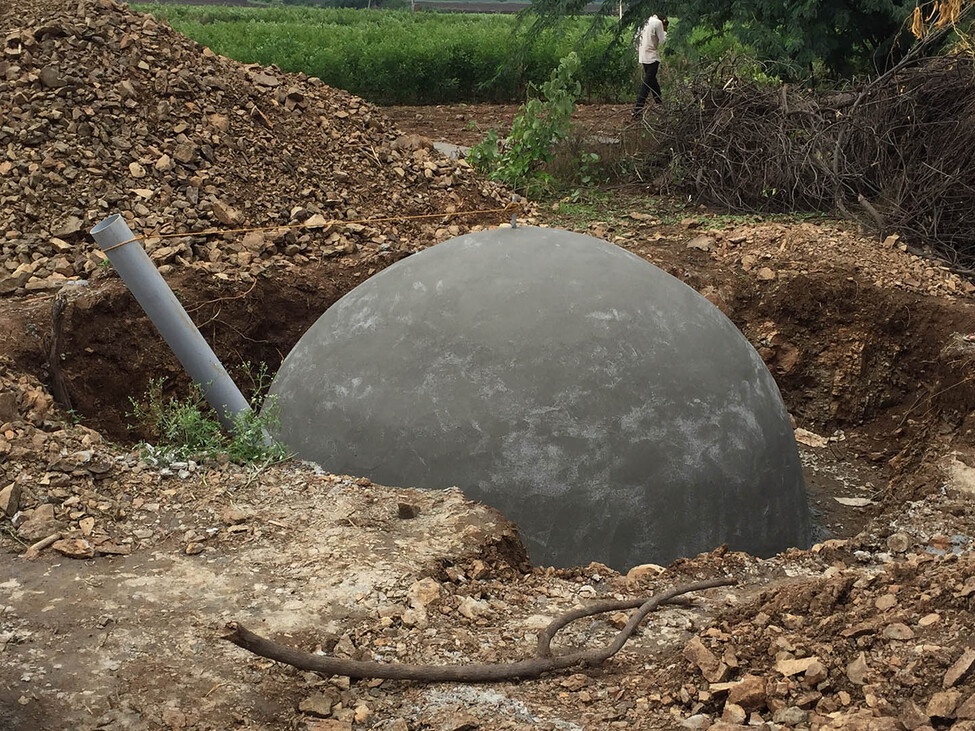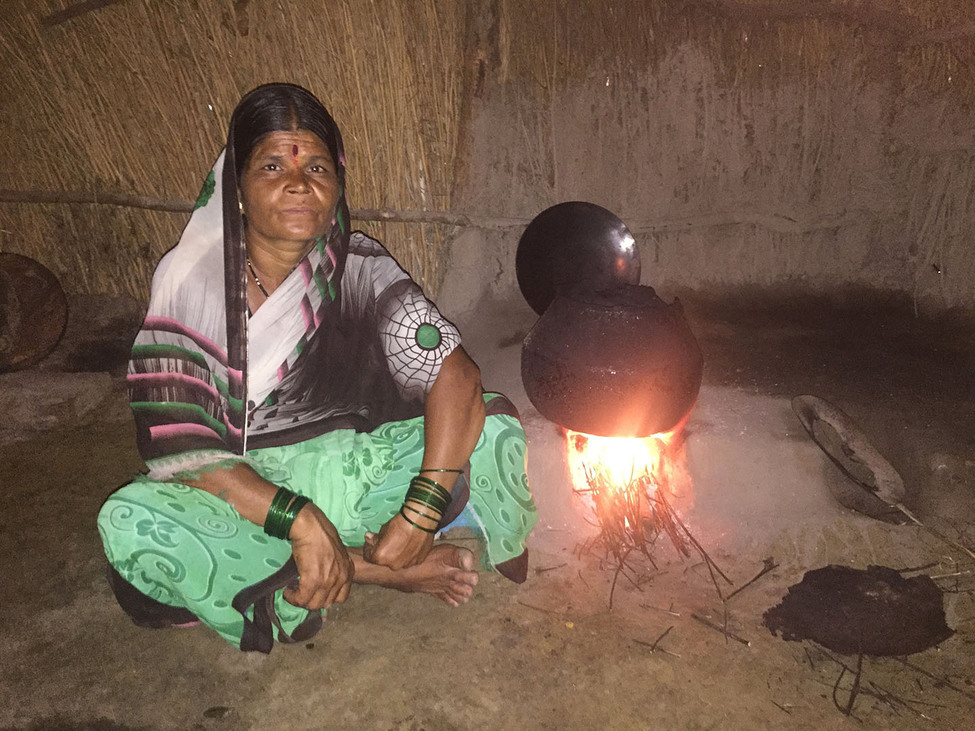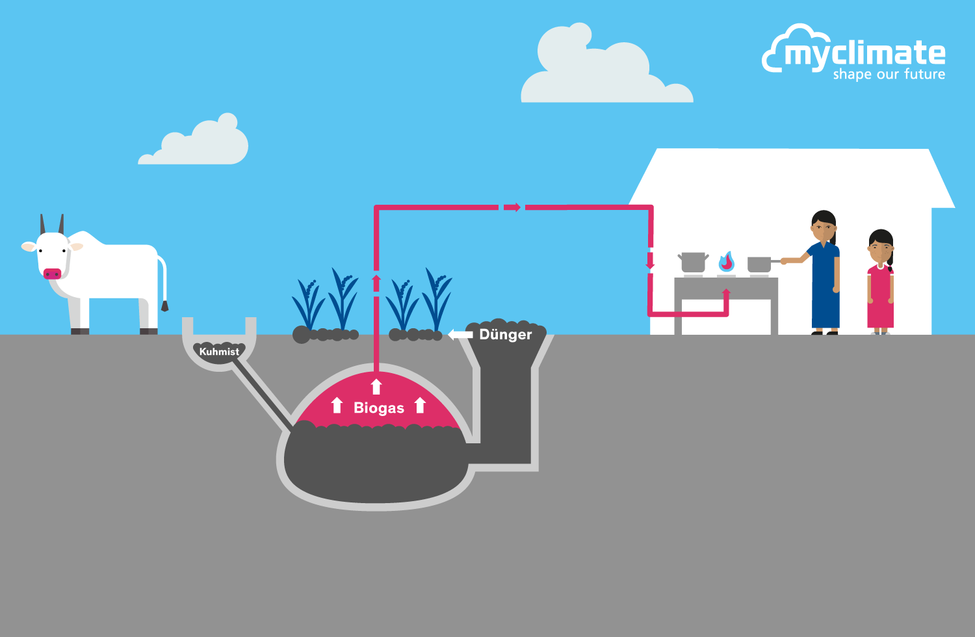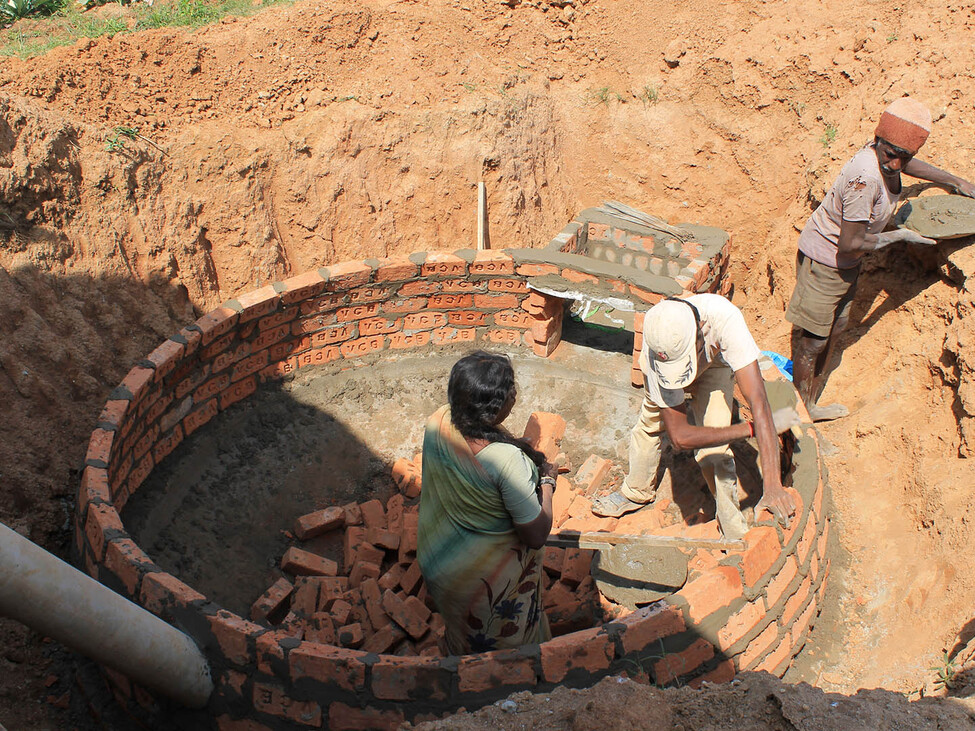Project facts
Project type: Renewable energy
Project location: India
Project standard: Gold Standard VER
Annual emission reduction: 54.217 t
Project start: March 2014
The overall objective of this climate protection programme is the installation of domestic biodigesters as a clean, sustainable energy source throughout India. The biogas generated from cow dung replaces fuels that are currently used for domestic energy needs such as firewood or kerosene.

